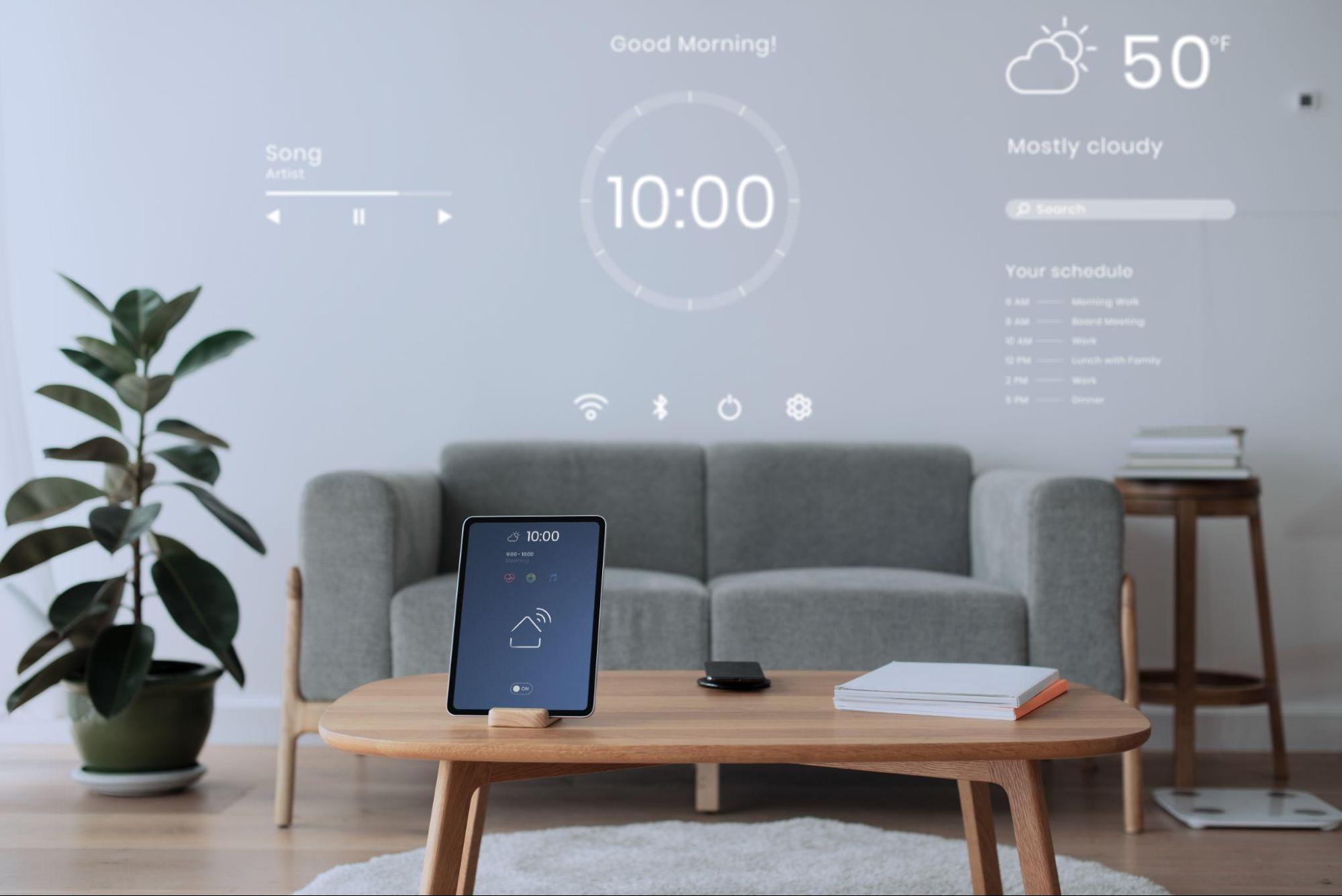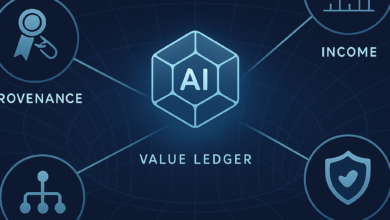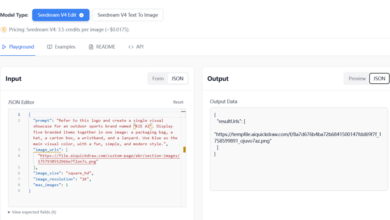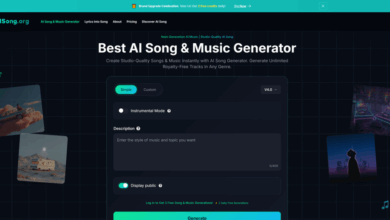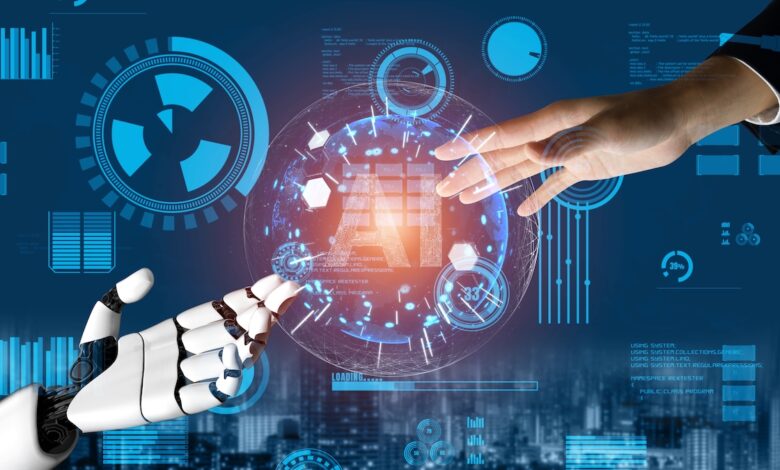
Artificial Intelligence (AI) is no longer restricted to cloud servers or data centers. It’s becoming increasingly deployed closer to the places where data is generated by sensors, smart devices as well as IoT ecosystems. This is fueled by real-time processing using Edge Computing, IoT integration along with Machine Learning (ML) models designed for light environments. Together they are revolutionizing industry, homes, cities, and infrastructure.
This blog will look at the ways in which AI at the edge interacts using IoT and ML and how real-time processing is important as well as use cases across all industries, the challenges to adoption and what’s in store for the future.
Why Real-Time Processing Matters
Traditional AI workflows heavily rely upon cloud computing. Devices collect data, transmit it to central servers, and then await the processing results. Although it is effective, this method is often unable to handle:
- Problems with latency – Delays sending and receiving data
- Bandwidth restrictions – Huge data loads that overwhelm networks
- Security concerns – Information that is sensitive can be is exposed in transmission
- Reliability – Systems fail in the event of internet connectivity dropping
Real-time processing on the edge can solve these issues. By bringing computation closer to the data source, machines are able to evaluate, make a decision and react instantly without relying on cloud services. This is vital in the fields where milliseconds matter for healthcare monitoring automated driving systems, trading in financial markets or predictive maintenance.
The Trio Powering Smart Devices
1. Edge Computing
Edge computing helps to decentralize data processing in a way that brings it close to IoT devices. Instead of sending information to cloud storage, edge devices and nearby edge servers process, analyze and process the data locally.
Benefits:
- Faster decision-making with less latency
- Costs of bandwidth reduction
- Security and privacy enhanced
- Offline function is available even in areas with low connectivity
2. Internet of Things (IoT)
IoT brings billions of connected devices from smartwatches, connected cars and smartwatches up to agricultural robots and industrial machines. These devices create massive amounts of data which require real-time analytics to make sense of the data.
IoT + AI enables devices not only to gather data, but also to recognize patterns and take action. For instance, instead only alerting you of excessive energy consumption sensors can suggest optimal schedules for usage in response to learned patterns.
3. Machine Learning (ML)
The core of this is ML which is the engine which creates IoT gadgets “smart.” Lightweight ML models are currently being implemented directly on devices or gateways. Through ML, devices are able:
- Know when breakdowns of machines are likely to occur before they happen.
- Find out if there are any anomalies in real-time (e.g. fraud, for instance, in transactions)
- Make recommendations that you can personalize in real-time
- Allow voice, vision and sensors-based recognition systems to recognize voice, vision, and sensor-based signals.
When Edge and IoT combine, we can create intelligent, self-sufficient devices that are capable of adjusting in real-time and making decisions.
Real-World Use Cases
1. Smart Healthcare Devices
Wearables and remote monitoring tools are now able to go beyond the limits of step count. Wearables equipped with Edge AI are able to detect abnormal heart beats, sleeping disorders or drops in oxygen saturation in real-time and immediately alert healthcare professionals.
Example Smart insulin pumps adjust dose based on real-time glucose levels without needing to await cloud data analysis.
2. Autonomous Vehicles
Self-driving vehicles cannot rely entirely upon cloud servers in order to take snap-of-the-moment decisions. Edge processing helps cars recognize the presence of pedestrians and road markings or unexpected obstacles quickly. ML models are trained on millions of situations to continuously improve the performance of drivers.
3. Industrial IoT (IIoT)
Factories deploy AI-powered IoT sensors for predictive maintenance. Machines are trained to recognize unusual noises, overheating or performance declines, which allows technicians to take action prior to costly breakdowns.
This helps reduce downtime, enhances safety, and boosts productivity.
4. Smart Homes & Cities
From AI-powered thermostats that regulate temperatures in response to weather and occupancy as well as intelligent traffic lights that reduce the congestion edge, IoT devices help make urban life easier and more eco-friendly.
Examples: CCTV cameras with AI capabilities in smart cities are able to detect incidents, suspicious activity or traffic violations in real-time.
5. Retail & Supply Chain
Retailers make use of AI using IoT sensors to enable continuous inventory management, stream analysis and customized deals on the shelves. Supply chains use predictive ML to optimize their routes to reduce waste and anticipate the demand.
Benefits of AI in Real-Time Processing
- Ultra-Low Latency Response times that are near-instant
- Improved Security • Less data raw to cloud
- Scalability: Devices operate independently, reducing cloud load
- Cost Efficiency: Less bandwidth and storage requirements.
- Autonomy: Devices can function without connectivity or with a limited connection
Challenges in Edge + IoT + ML Integration
While the benefits are obvious however, businesses face many issues:
- Hardware limitations Hardware limitations IoT devices typically lack powerful processing power
- Energy consumption is a major issue for AI in real-time. effective power management
- Model optimization – compressing models of ML without sacrificing accuracy
- Interoperability: Managing multiple devices, protocols and standards
- Security risks – Even though edge decreases cloud exposure local devices are still at risk if they are not properly secured
The Future of AI at the Edge
Digital transformation in the next stage will depend extensively on the AI-driven ecosystems of edge. The most prominent trends that are emerging include:
- Federated Learning: ML models are trained using models across multiple devices without centralizing data improving privacy.
- 5G-powered IoT High-speed networks that enable seamless, real-time AI applications.
- TinyML: Implementation of lightweight ML models that are ultra-lightweight on microcontrollers to make tiny devices.
- Artificial Intelligence-Driven Sustainable: Edge AI optimizing energy use for smart grids and agriculture and transportation.
As edge chips get more efficient and ML frameworks become more efficient, AI at the edge is expected to become standard, not an option.
Why Businesses Should Act Now
Companies that embrace artificial intelligence-driven IoT or edge computing in the early stages will have a significant competitive edge. From reducing operational expenses to opening up new revenue streams the opportunities are vast.
If your business is looking at the possibility of building or scaling smart device solutions that use AI and solutions, working with a reputable technology service provider is crucial. Companies such as Devstree.com specialize in AI, IoT, and machine learning, helping companies implement scalable real-time processing solutions specifically tailored to their business requirements.
Final Thoughts
This convergence of Edge Computing, IoT, and Machine Learning is more than simply a trend, it’s what’s in store for intelligent systems. Real-time processing will shape the way we interact with our devices, cities and the industries in the future.
Developers, businesses and innovators need to prepare for the future now by investing in AI-driven, smart IoT ecosystems. The faster we adopt AI on the cutting edge, the quicker we’ll realize its potential in transportation, healthcare manufacturing, and other areas.

